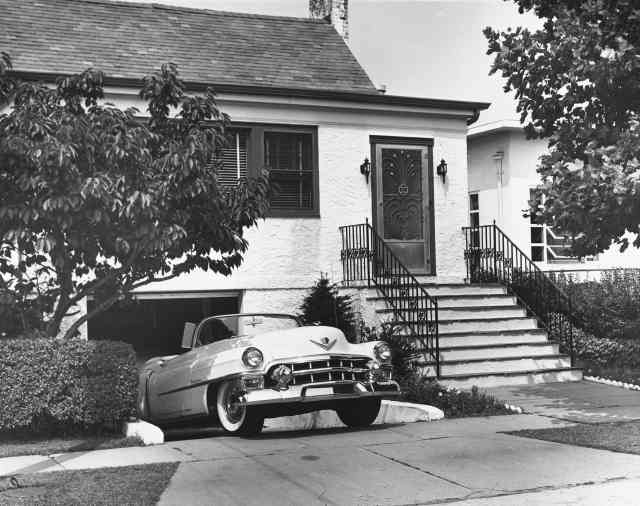Do you ever wonder about garages from different eras, like those from the 1950s, and compare them to those we have today? It’s fascinating to see both the similarities and differences between them. What do you think about these observations?
| Feature | 1950s | Today |
|---|---|---|
| Materials | Wood, Brick | Steel, Vinyl, Composite |
| Size | Single-car | Two or more cars |
| Purpose | Car storage | Car storage, workshops, living space |
| Customization | Limited | High |
| Technology Integration | None | Smart technology, EV chargers |
| Insulation | Minimal | High-efficiency insulation |
| Door Types | Manual | Automatic, Smart |
| Average Cost | $1,000 – $3,000 | $10,000 – $30,000+ |
The Similarities
There are still a few similarities between garages from the ‘50s and today. Let’s discuss each similarity more in-depth.
Primary Purpose
Whether it’s a garage from the 1950s or one from today, the primary purpose remains unchanged. A garage is a place to store vehicles and protect them from harsh weather. So, if you’re lucky enough to own a pristine 1957 red and white Corvette, there’s no better place to keep it than in a sturdy garage!
Flooring
Another similarity is the flooring. Most garages, then and now, have cement floors that are easy to sweep and clean. For instance, oil that leaks from a car onto a garage floor can be cleaned off cement with relatively little effort. I recommend using kitty litter in the cleaning process. Mud, dirt, and leaves can also be swept away in minutes.
Storage Space
Garages have always been the go-to spot for storing boxes, old clothes, broken appliances, and other items you want out of the house. It seems that tradition hasn’t changed a bit!
The Differences
Garages have changed a lot in 70 years. A few of the differences you’ll find are in the building materials, their multiple purposes, and tech integration.
Materials
In the 1950s, garages were commonly built with wood and brick. Today, we see a shift towards more durable materials like steel, vinyl, and composite, providing greater longevity and less maintenance.
Size
One major change is the size. Back in the 50s, many homes, especially ranch-style ones, had attached carports instead of full garages, often accommodating just one car. Today, with many households owning two or three cars, garages are built larger to fit multiple vehicles.
Multiple Uses
The purpose of garages has also expanded. While garages in the 1950s were mainly for car storage, today’s garages often serve as workshops, recreational rooms, or even additional living spaces.
Customization
In the 1950s, customization options were limited. Modern garages, however, offer high levels of customization.
With tools like our 3D builder, you can tailor every detail, from size and color to roof style and additional features like windows and doors.
Technology Integration
A typical 1950s garage might have had a single window, letting in just a bit of natural light. Modern garages often have several windows and sometimes even side doors for easy access when the main doors are closed.
Additionally, today’s garages can be equipped with smart technology and EV chargers, making them much more advanced.
Insulation
Insulation was minimal in the 1950s, but today’s garages feature high-efficiency insulation, making them more energy-efficient and comfortable for various uses.
For example, at Alan’s Factory Outlet, a customer can equip their garage with advanced Woven 17 or Double Bubble insulation.
Automatic Doors
Garage doors have also evolved. In the 1950s, manual doors were the norm. Nowadays, automatic and smart garage doors are standard, offering convenience and security.
Average Cost
The cost of building a garage has increased significantly. In the 1950s, a garage could cost between $1,000 and $3,000. Today, the price ranges from $10,000 to $30,000 or more.
This price increase reflects several advancements we’ve discussed, such as materials, size, and technology.
Conclusion
Now that I’ve thought back to garages in the 50’s, I wonder what garages will be like in the future. Certainly, we’ll have more technology available, but I bet people will still use them to park their cars and store their items. And unless someone invents a new type of flooring, cement will be the way to go!
Do you want to learn more and customize your own prefab garage today? Start with our 3D garage builder—it’s easy to use and free!




